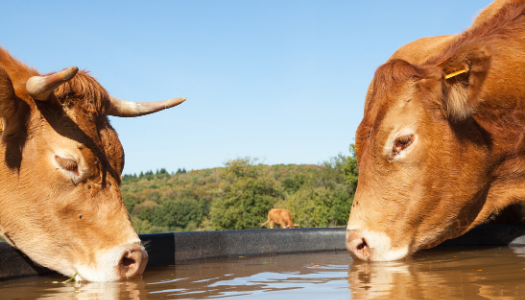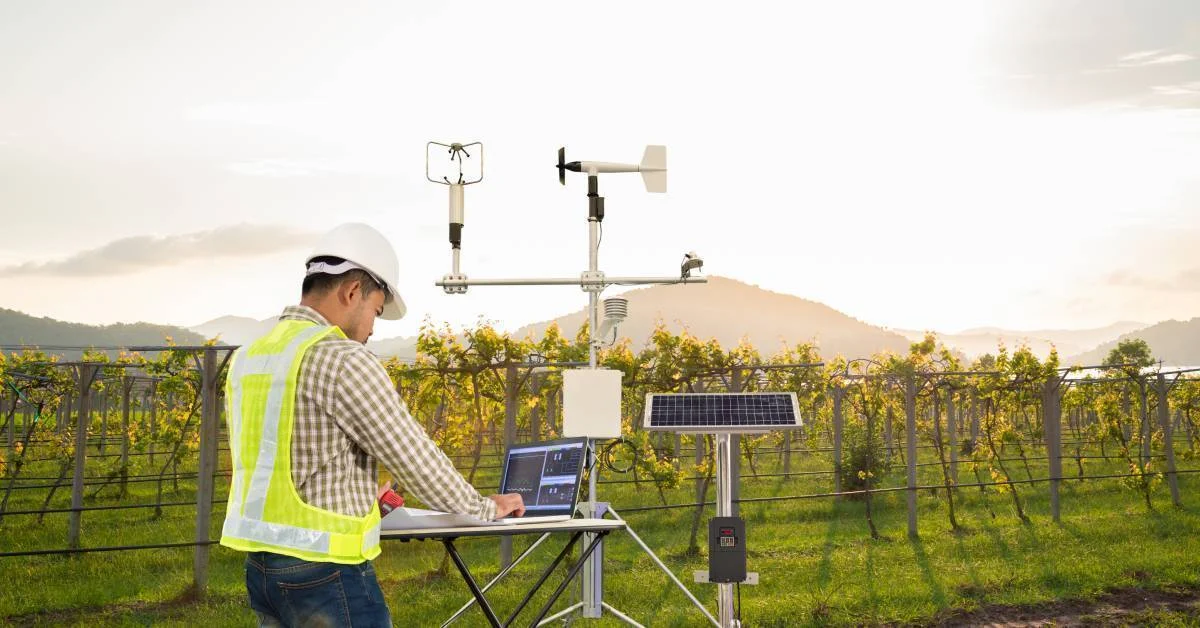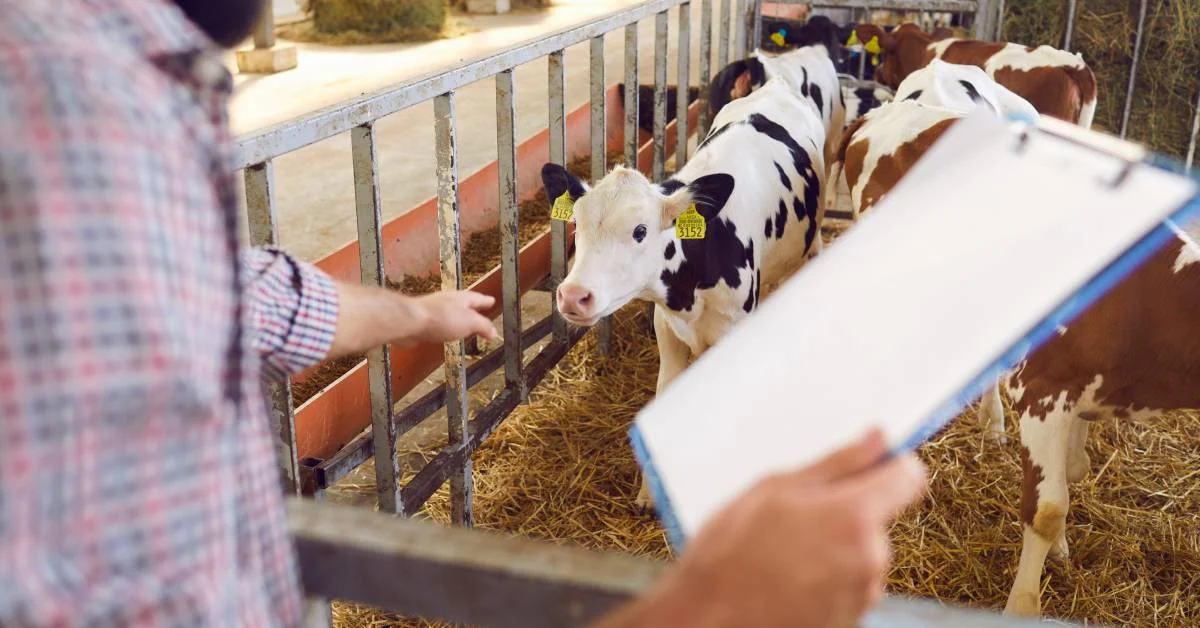Providing sufficient water resources for livestock at farms is and must be a farmer’s number one focus. Cattle producers need to consider various factors while developing water tanks or troughs on farms. If the intake of water is reduced, the animals become less active and the effect can be more drastic than any nutrient deficiency. The quality of water that animals drink must be better in order to save animals from any sickness and diseases. Providing proper and clean storage for water and improving the ways of its distribution keeps the water quality from getting compromised in any way.
Water Trough or Tank
The capacity of a water tank or trough must be enough that it meets the requirement of animals. The volume of a tank should be the main focus when planting one at your farm. The height of a tank should be tall enough that it matches the height of animals to make it easy for them to drink from it. One other main factor to consider when installing a water tank at the farm is the distance that animals will travel to drink from it. According to some studies, when grazing at a distance of 600-900 feet, animals go to the water resource individually whereas animals travel in a group to drink water when they are 1000 feet away from the water resource.
A tank should have enough capacity to hold at least 25 percent of the herd’s regular requirements and at one time, it must allow more than 5 percent animals to drink from it, giving a space of two feet per animal.
A water tank’s refilling time should not be more than an hour. The volume of a water tank and the space that it provides to each animal for drinking are the two most important things to consider to ensure that animals stay hydrated regardless of how slow or timid they are.
The structure of a water trough must be strong enough that it stays in good condition for approximately 10 years. Heavy equipment tires and concrete tanks are popular choices. Water tanks must have water level control and an overflow maintenance system. Overflow controlling (PVC) pipe can vary in sizes from 1 and a half-inch to 4 inches. Overflowing water should be piped in a direction for the release in order to stop the water from making wet spaces in the field. If any of the pipes or valves are exposed, they should be covered in order to save them from any damage done by livestock.
If you are using a tire as a water tank, removing calcium residue from the insides of the tire through proper cleaning, is necessary. As it will be harmful to the health of livestock.
Water Tank Site
The area, where water trough or tank is installed must be cleaned entirely. Mud, vegetation, or manure must be removed before planting a water tank from that area’s surface. To ensure that surface water gets freely drained, the area surrounding a water tank must be smoothed. It is better to place 7 to 8 feet gravel around the trough to avoid any accidents caused by slipping if the field gets extra wet.
To make use of water more efficient, a number of troughs may be installed in connection with each other. To reduce airlock problems, it is a must to ensure that connecting pipelines do not have low and high spots. To maintain a running water supply, a catch basin can also be installed between the tanks.
Algae Control in Water Tanks
Algae can be responsible for making the water toxic and unhealthy to drink and it can also clog the pipelines and overflows. In warm weather conditions, the nutrients in water can react with sunlight and it can result in the growth of algae. Regular cleaning of tanks can prevent the growth of algae and keep the water from becoming unsuitable for drinking. The application of copper sulfate crystals every two to three weeks can reduce the growth of algae. Crystals should be dissolved in warm water then poured into the water trough to clean it properly.
Using Ponds as Water Supplies
For livestock, ponds are excellent sources of water but to ensure the good quality of water the access given to the livestock must be controlled. Water can be transferred from a pond to a water tank for the need of animals. Using a siphon or gravity system to transfer water from ponds to water tanks can be a better option. And when using these systems, pipes of more than 1 and a half inch diameter should be used.
When a pipeline is installed through or under a dam, two anti-seep collars of a minimum diameter of 24 inches should be attached to it.
It is better to use a water supply intake to remove water from the pond. A filter or screen must be placed on that intake.
Water pumping from the pond can be done through a submersible pump. Nose pumps can also be installed on access points for pumping water from the pond.
Pressurized Systems
For farm managers, pressurized water systems can be of huge help. It is better to choose the right design for your farm. Following manufacturer specifications is a must in this case such as how much water is to be transferred, how much distance it has to be transferred at, the diameter of the pipe and other essential details.
FAQs
How to keep livestock water tanks clean?
Cleaning water tanks or troughs every week can ensure quality water supply to animals. Mostly, water troughs should be cleaned entirely every once in a year or after every 5 months to remove dirt. Adding chlorine bleach, when cleaning, can remove the algae, if there’s any, and eliminates the chances of algae growth anytime soon. Chemicals like copper sulfate can also help with the removal of dead algae.
Galvanized cattle water trough?
While using galvanized trough, one of the main concerns is that the zinc from the soil will add up in the water and will make the water unhealthy for animals. However, galvanized tanks are very much easier to clean as compared to the plastic water troughs.
Galvanized water trough lows?
Galvanized troughs are coated and sealed with silicon at their seams. It obviously disintegrates with the passage of time and causes the tank to leak at its seams, bottom, and along its sides.
Concrete cattle trough?
- They have a strong structure and therefore they cannot lose their shape even if they get kicked by animals.
- Rounded corners provide safety for animals from outside to inside.
- They come in different sizes and can be selected according to the type of animals they are being chosen for such as for sheep a medium-size trough can do, and for cattle, larger water trough will be needed.
- A rubber bung of 49mm is installed inside all water trough to make the drainage easier.







